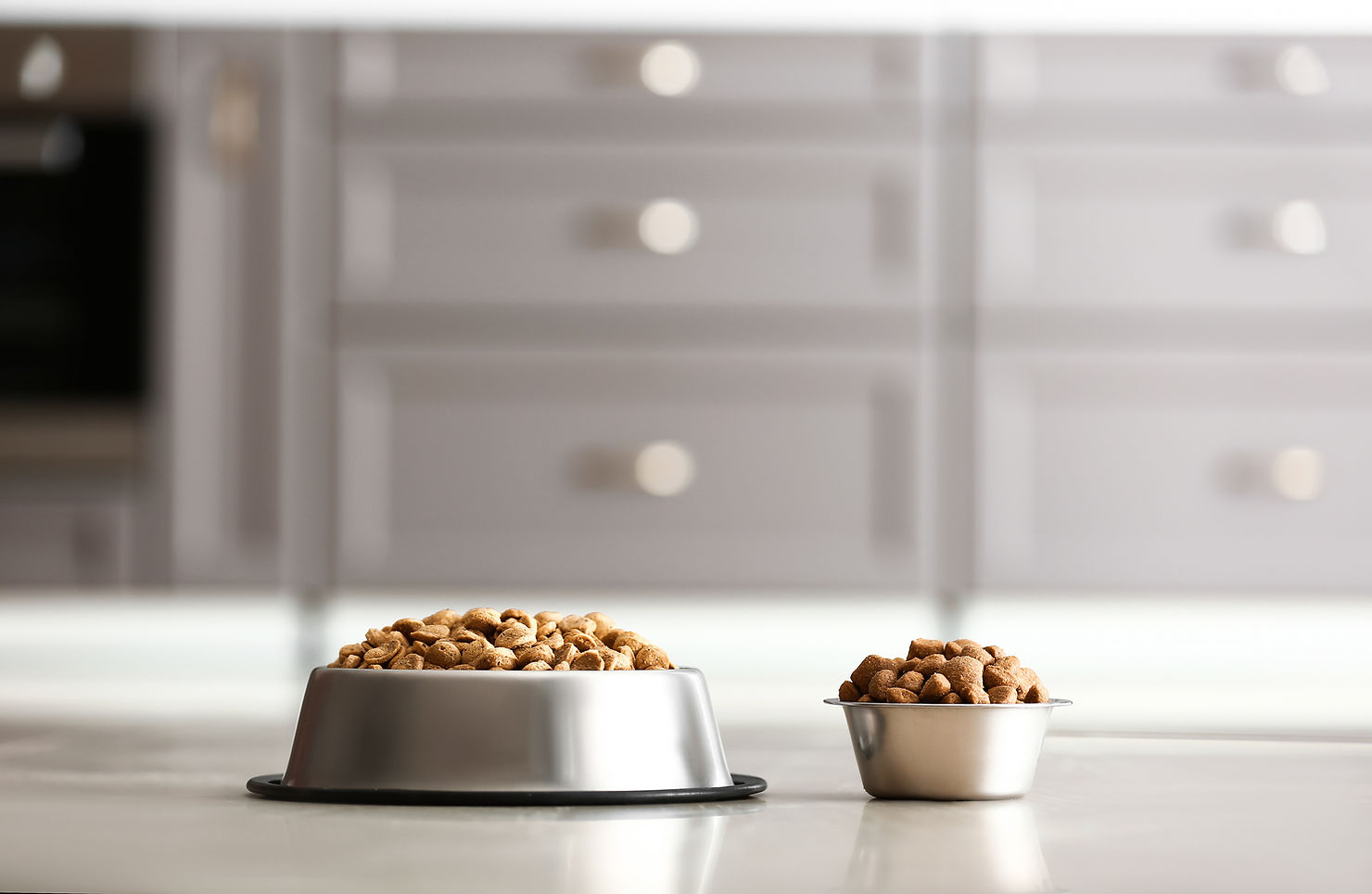Learn how to read pet food ingredient labels, what the top 5 ingredients really tell you, and whether brands like Orijen, Purina, or Science Diet live up to the hype.
Introduction: Why Pet Food Labels Matter More Than You Think
Walk into any pet store and you’ll find aisle after aisle of kibble bags, each promising to be the healthiest, most nutritious, and most natural food for your pet. But what’s the truth behind the marketing?
In this in-depth blog post, we’ll break down how to read a pet food ingredient label like a professional. We’ll explore:
- The truth about the first 5 ingredients
- The debate around meat-first vs. grain-inclusive formulas
- The controversies surrounding high-end brands like Orijen
- Why some vets still swear by Science Diet or Purina
- How to spot red flags and make evidence-based decisions
Whether you’re a new pet owner or a seasoned pro, this guide will help you navigate the confusing world of pet food labels and make better decisions for your furry friend.

1. Decoding the First 5 Ingredients: What They Really Mean
The first five ingredients on a pet food label are listed by weight before processing, and they set the tone for what the food is primarily made of.
Common Top Ingredients:
- Chicken – high protein, but water-heavy before dehydration
- Chicken meal – concentrated protein source (rendered, dried)
- Corn – carbohydrate, controversial but not inherently bad
- Brown rice – digestible carb with fiber
- Pea protein – often used in grain-free formulas
Myth Buster: Meat as the first ingredient is not always a sign of quality. Fresh meats are about 70% water. If the next ingredients are grains or starches, the food may not be meat-dominant after cooking.
Look for: Named animal proteins (e.g., “chicken meal” or “lamb”) ahead of vague terms like “meat by-product” or “animal digest.”
2. What About Orijen? Too Much of a Good Thing?
Orijen and similar premium brands often tout having 85% animal-based ingredients and whole-prey formulas. On the surface, this sounds ideal—more meat, less filler.
But there are concerns:
- Calcium-to-phosphorus ratios are sometimes too high for growing puppies or large breeds
- Richness of the formula may cause digestive upset in sensitive dogs
- Excess protein doesn’t always mean better nutrition, especially for older or less active pets
Veterinary Perspective: Orijen is not necessarily “bad,” but it may not be balanced for every life stage without careful supplementation.
3. Why Vets Still Recommend Purina and Science Diet
Many pet parents are shocked to hear vets recommend what they perceive as “grocery store brands.” But there’s a reason these brands dominate vet clinics:
- Decades of feeding trials
- AAFCO-compliant nutrient profiles
- Extensive veterinary research
- Targeted prescription diets
Corn isn’t always the villain.
Corn is:
- Highly digestible
- A source of linoleic acid (omega-6 fatty acid)
- Less allergenic than commonly believed
Important: Many criticisms of these brands come from marketing by boutique brands rather than peer-reviewed science.
4. Red Flags on a Label
When scanning a label, beware of:
- Vague protein sources (“meat,” “animal,” without specification)
- Ingredient splitting (e.g., pea, pea protein, pea starch—used to lower meat proportion on paper)
- Buzzwords like “natural” and “holistic” (not regulated)
- Grain-free without justification (can be linked to DCM)
Look for transparency in ingredient sourcing and formulation.
5. Whole Prey vs. Balanced Diet: What Really Matters
Some brands promote “whole prey” formulas—organ meats, bones, cartilage. While biologically appropriate for wild canines, it doesn’t always translate to domestic dogs.
Risks:
- Overloading on calcium or phosphorus
- Imbalanced omega fatty acids
- Unnecessary complexity for maintenance diets
Key Takeaway: Balanced, consistent nutrition matters more than recreating a wolf’s dinner.
6. So… How Should You Choose?
Here’s a checklist:
- Is the food AAFCO-approved for your pet’s life stage?
- Does it have named protein sources in the first 5 ingredients?
- Has the brand conducted feeding trials?
- Are there board-certified veterinary nutritionists on staff?
- Can you see clear sourcing of ingredients?
Brands that check these boxes include:
- Purina Pro Plan
- Hill’s Science Diet
- Royal Canin
- Eukanuba
- Select boutique brands with strong QA processes

About Transcon Pet Movers
At Transcon Pet, we’re committed to more than just international logistics—we care about your pet’s health and well-being every step of the journey. Whether you’re relocating across the country or across the globe, our experts are here to help you navigate the safest, healthiest, and most stress-free options for your beloved companions. We specialize in custom travel planning, crate training, veterinary paperwork, and door-to-door animal relocation services.
Trust us to treat your furry (or scaly!) family members with the care they deserve. For personalized pet relocation support, contact us today.
Conclusion: Informed Feeding is Better Than Trend-Driven Feeding
Reading pet food labels doesn’t require a PhD, but it does require skepticism and a willingness to dig deeper. Don’t be swayed by flashy marketing or Facebook groups—look at the science, the sourcing, and the suitability for your pet.
The first five ingredients are only part of the puzzle. The full picture includes life stage needs, medical conditions, and digestibility.
When in doubt, consult your vet—and remember: the best food is the one that keeps your pet thriving, energetic, and happy.

